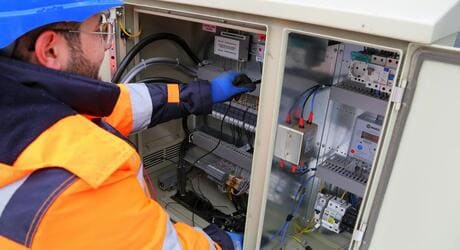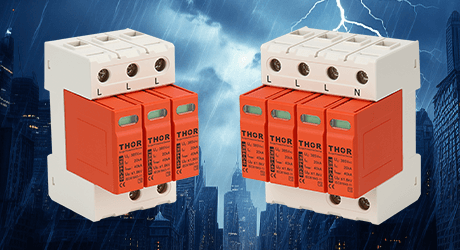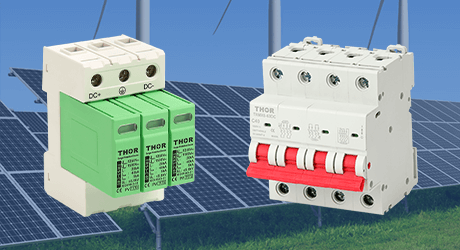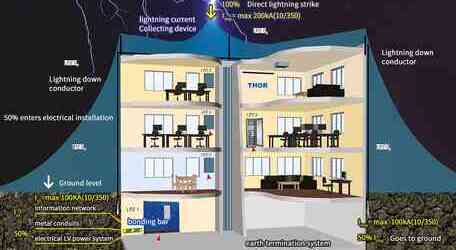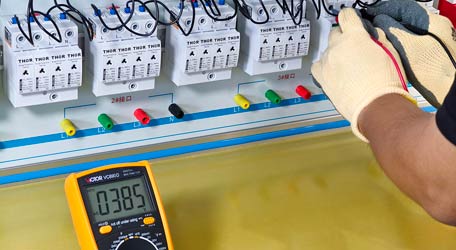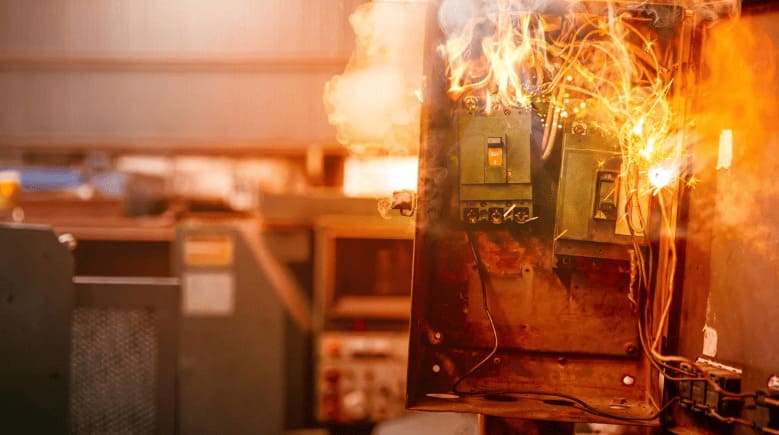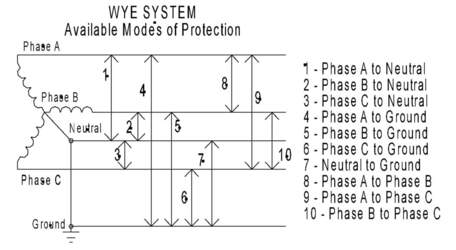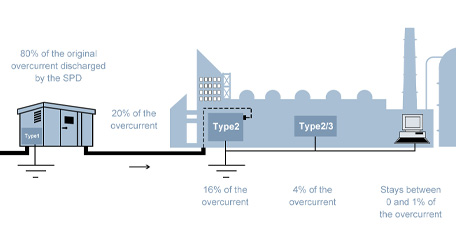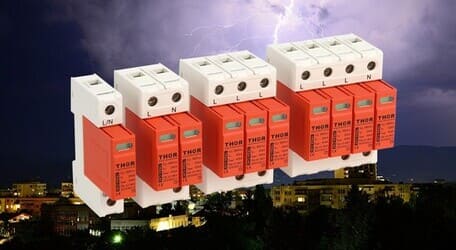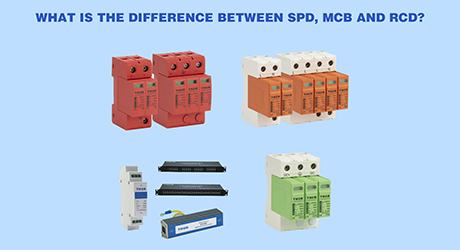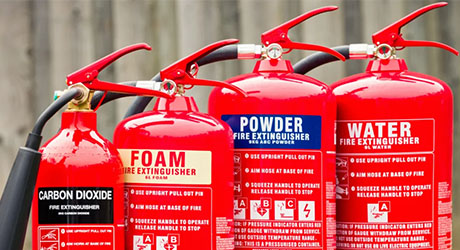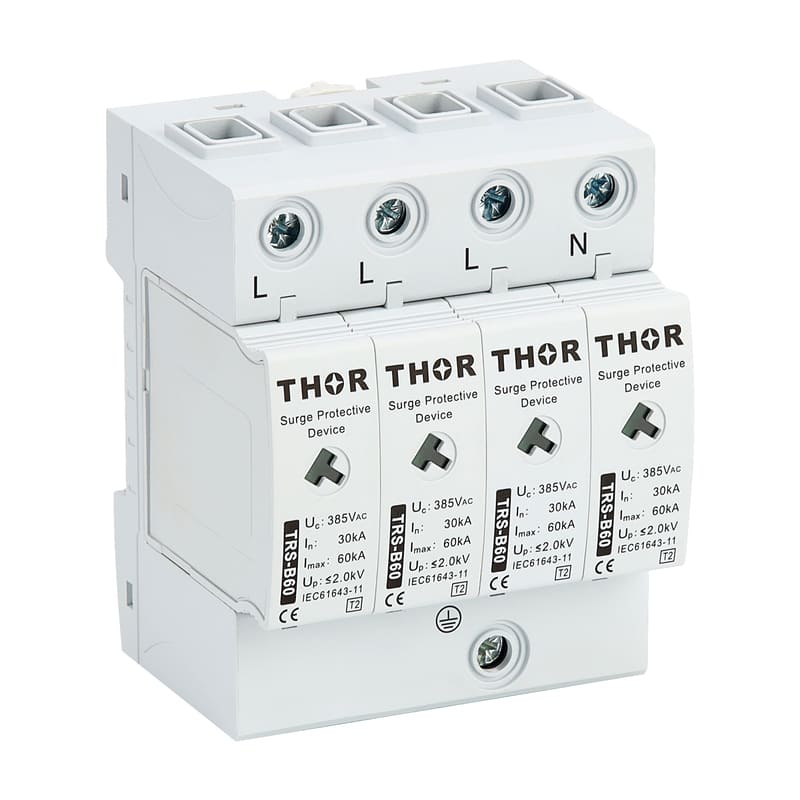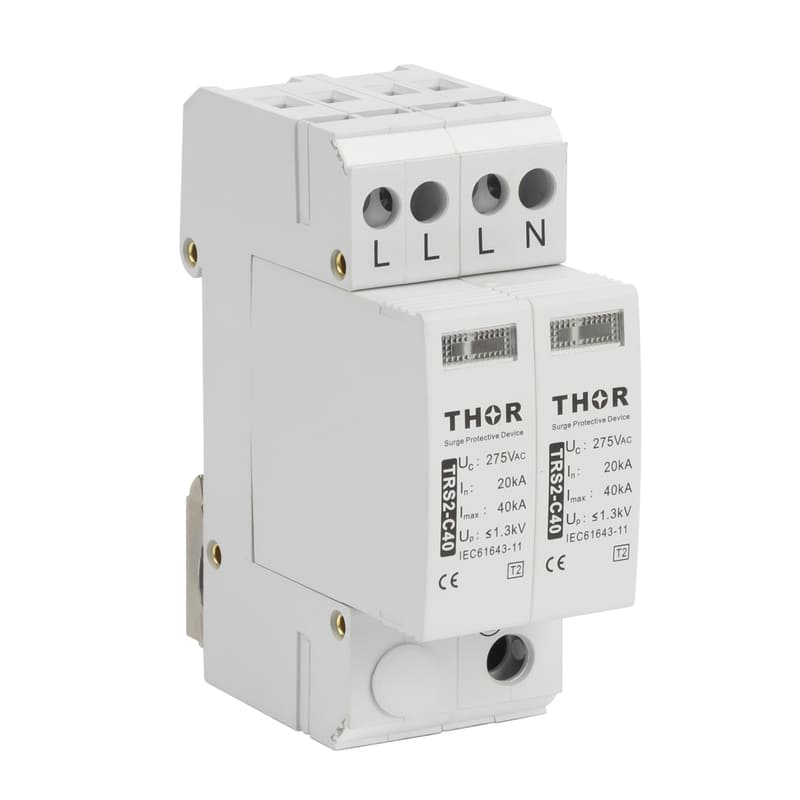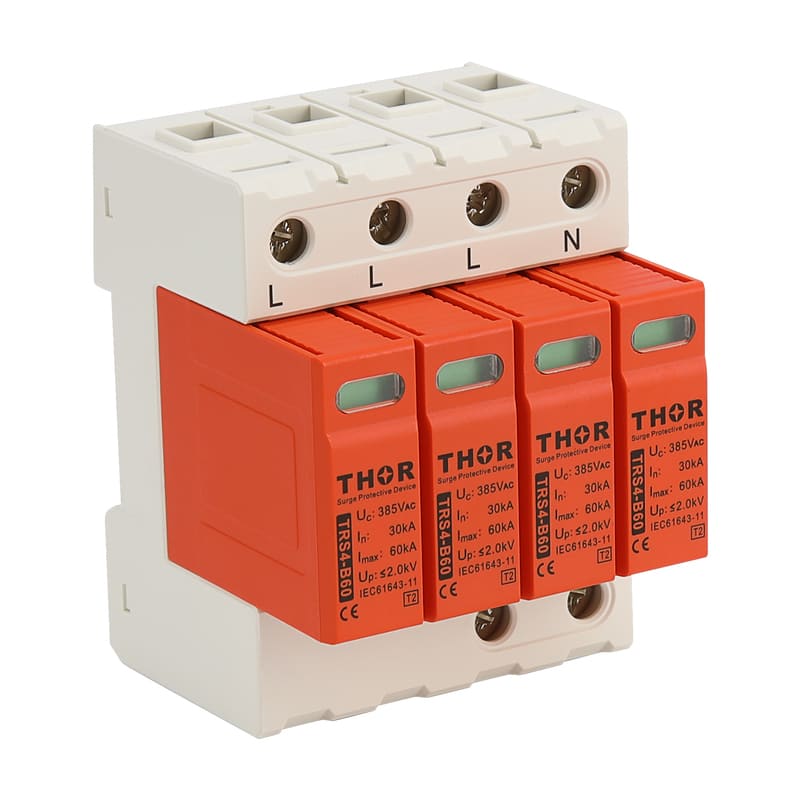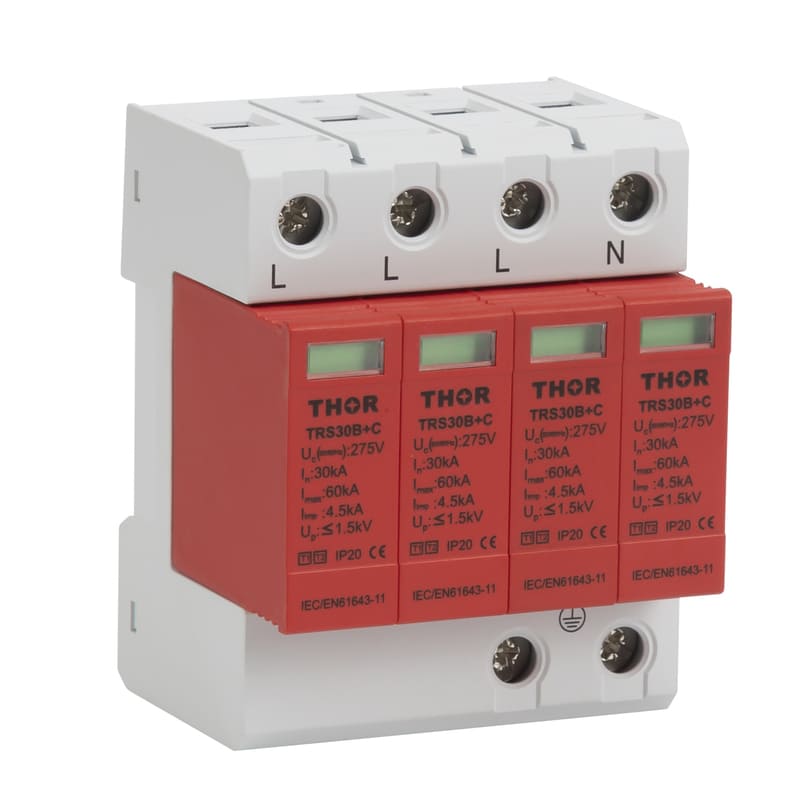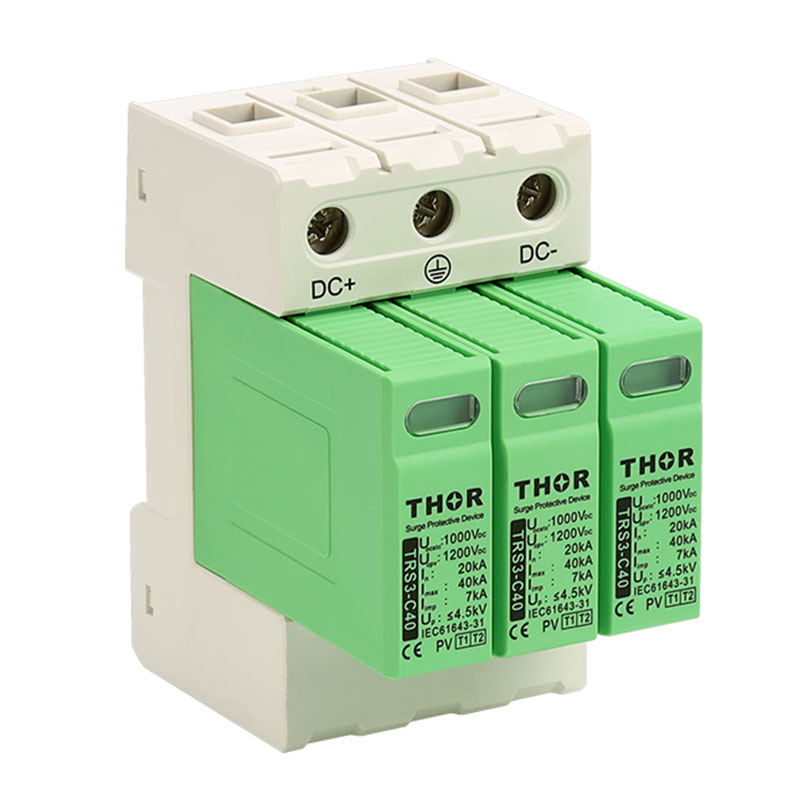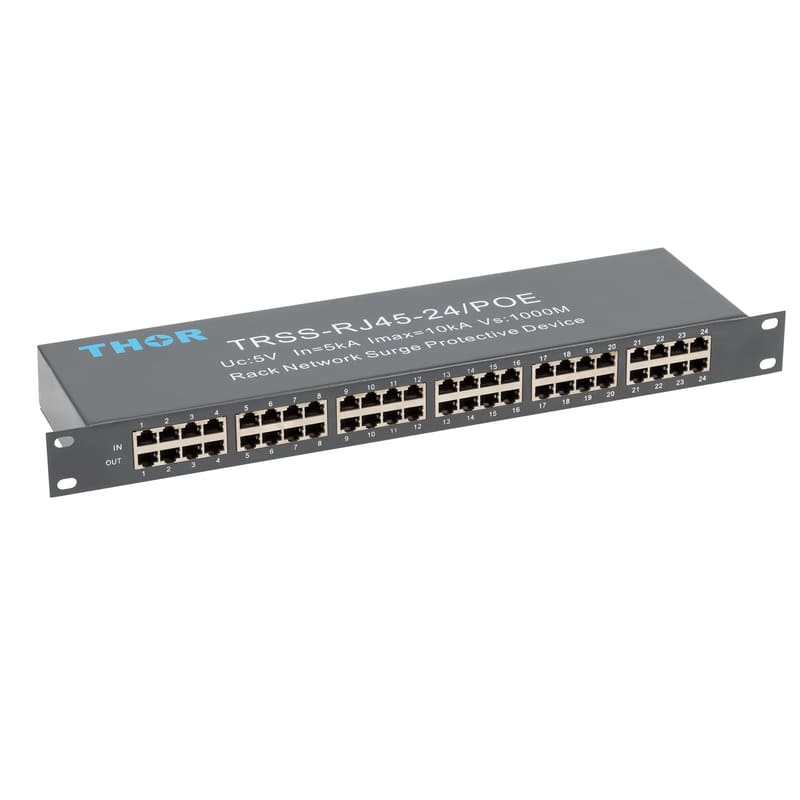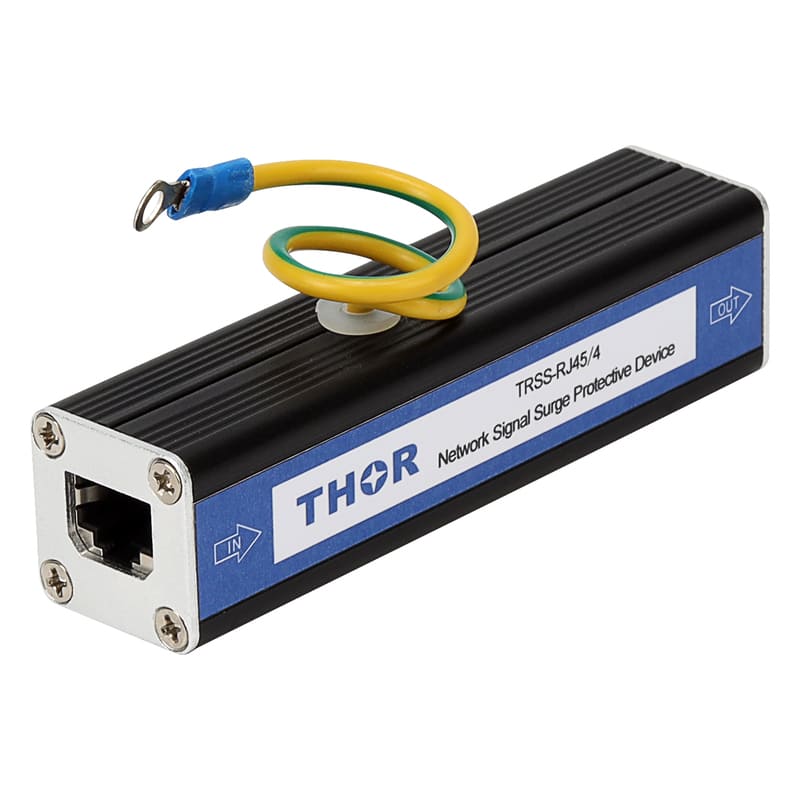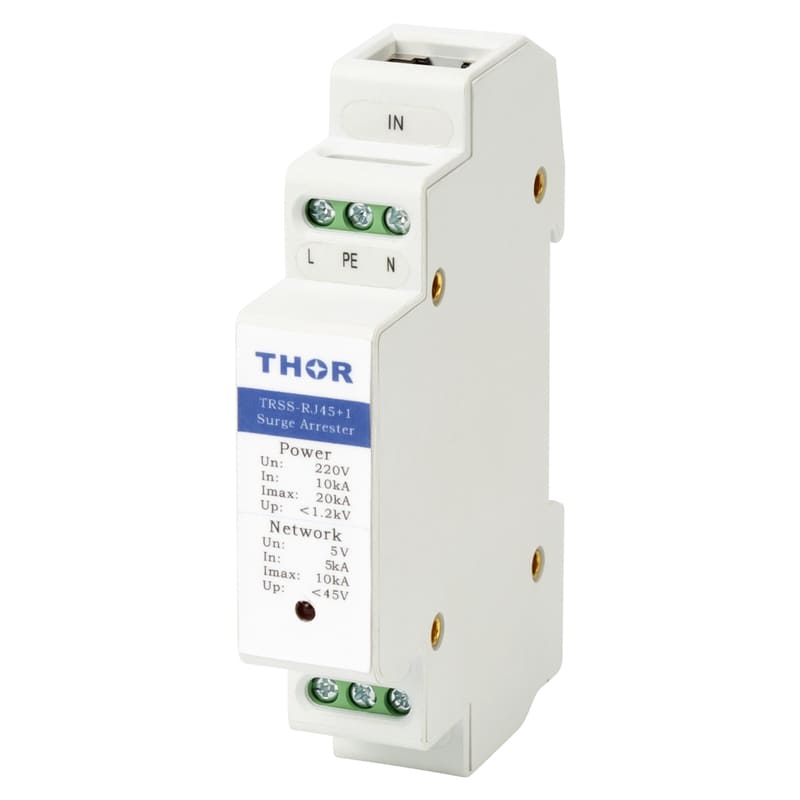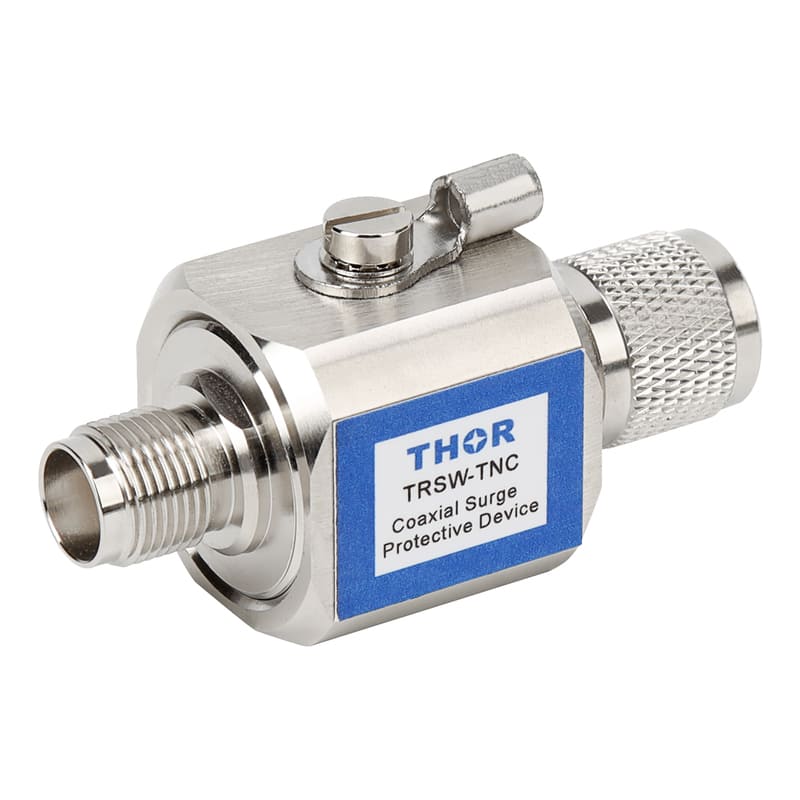Surge protection device basic functions and additional requirements
Only Surge protection devices considered in this article are installed outside the protected equipment.
The basic functions of Surge protection devices are as follows:
1. When there is no surge in the power system, the Surge protection device should not have a significant impact on the operating characteristics of the system to which it is applied;
2. When there is a surge in the power system, the Surge protection devices presents a low impedance, and the surge current is mainly discharged through the SPD, limiting the voltage to its protection level, and the surge may cause power frequency freewheeling to pass through the SPD;
3. When there is a surge in the power system, the Surge protection device will return to a high impedance state after the surge and after extinguishing any possible power frequency freewheeling.
Specify the characteristics of the Surge protection device so that it can meet the above functions under normal use conditions. Normal usage conditions include: power system voltage frequency, load current, altitude (ie air pressure), air humidity and ambient temperature.
Additional Requirements for Surge protection devices
When the surge is greater than the maximum absorbed energy and discharge current for which the Surge protection device is designed, the Surge protection device may fail. In this article, the failure modes of Surge protection devices are divided into open-circuit mode and short-circuit mode.
In open-circuit mode, the protected system is no longer protected and is difficult to detect since a failed Surge protection devices has little effect on the system. In order to ensure that the failed surge protector is replaced before the next surge arrives, an indication function is required.
In short-circuit mode, the failed Surge protection device seriously affects the system. When the short-circuit current in the system passes through the short-circuit current of the failed Surge protection device, the excessive release of energy may cause a fire. The IEC61643-1 short-circuit current withstand capability test covers To solve this problem, if the protected system does not have a suitable device to disconnect the failed Surge protection device from the system, the use of a Surge protection device with a short-circuit failure mode requires a suitable disconnector.

